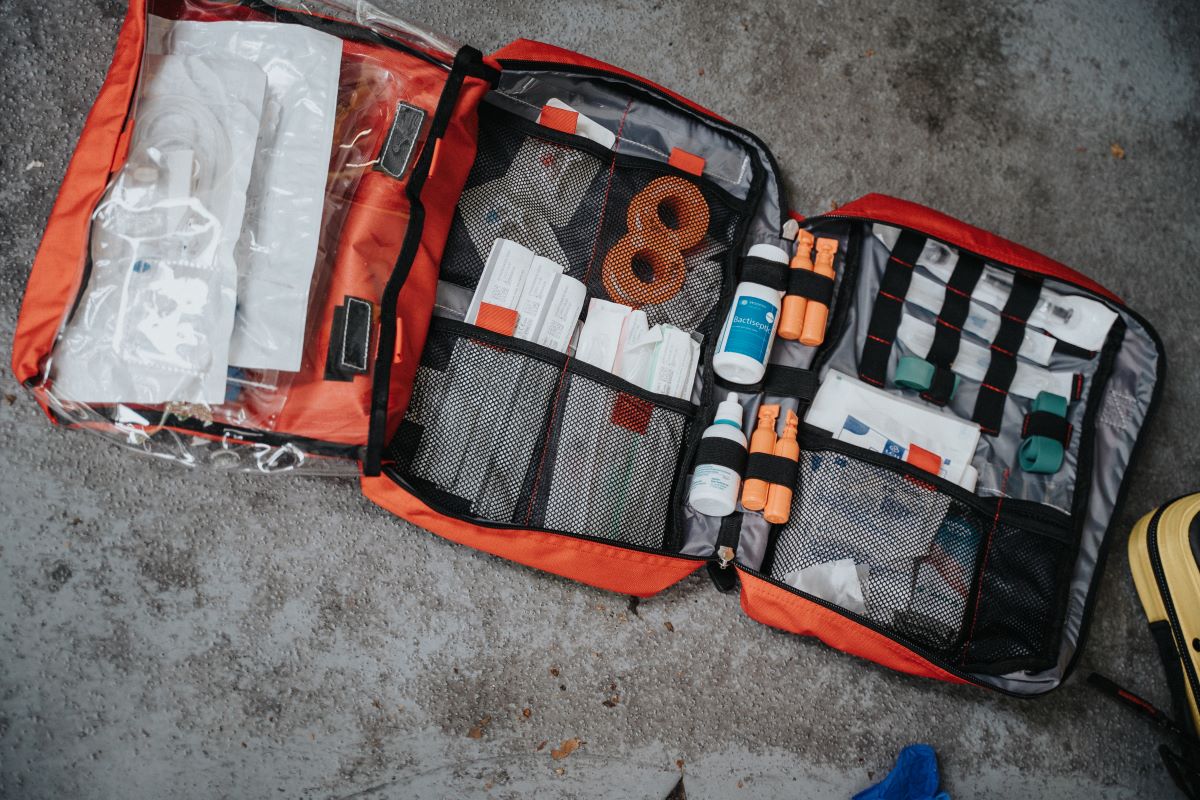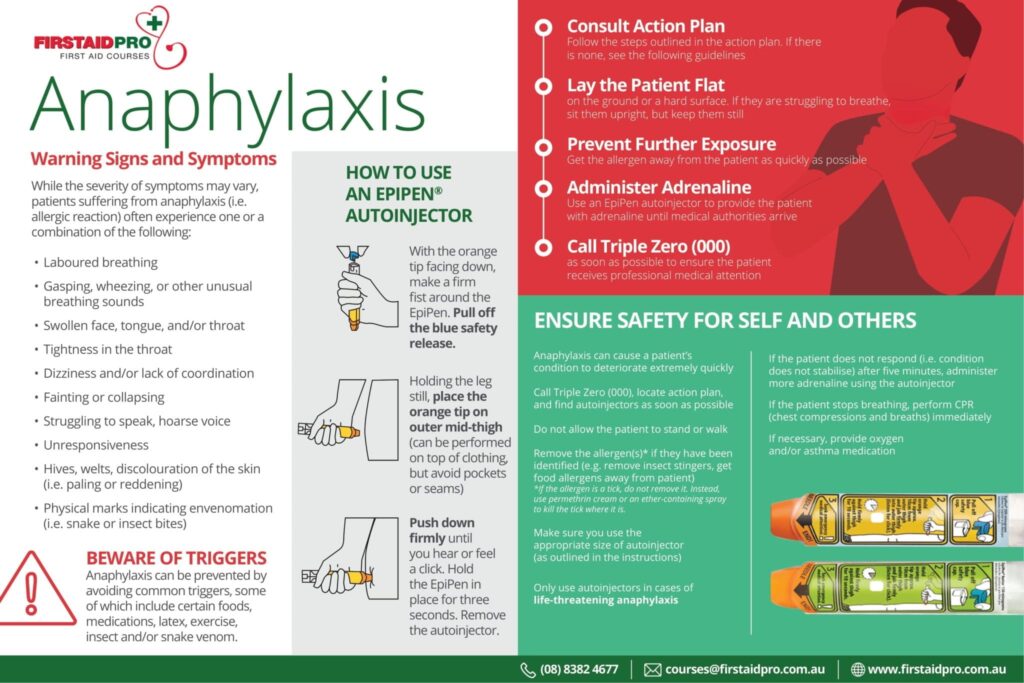Introduction
In emergency situation situations, the capacity to recognize indicators of no breathing can suggest the distinction in between life and fatality. Comprehending how to analyze a casualty's condition promptly and properly is essential for any person who might find themselves in a rescue situation. This post digs deep right into the critical aspects of determining no breathing, going over crucial methods, procedures, and the importance of preserving composure throughout a dilemma.
When confronted with a subconscious individual, knowing what to search for and exactly how to react can conserve lives. This comprehensive guide will certainly address numerous components of emergency feedback, from standard vs innovative life assistance to public defibrillator usage, ensuring that every rescuer is well-equipped with knowledge.
Identifying No Breathing: Signs Every Rescuer Have To Recognize
Identifying no breathing is an important skill every rescuer need to possess. When someone is unresponsive, analyzing their breathing should be your first step. A person may appear drab; nevertheless, it's crucial not to leap to conclusions without doing a thorough evaluation.
Understanding the Essentials of Examining Responsiveness
When approaching a casualty, your first task is checking responsiveness. You can do this by delicately shaking their shoulders while loudly asking if they are alright. If First Aid Course details in Sunshine Coast there's no reaction after a number of efforts, you need to wage examining their breathing.
Key actions include:
Safety First: Guarantee the setting is safe for both you and the casualty. Call for Help: If the person is unresponsive and not breathing normally or in any way, call emergency services or ask another person to do so. Positioning: Very carefully position the casualty on their back on a company surface.Evaluating Breathing in Emergency Situations
Once you've developed that the person is less competent, it's time to examine if they're breathing.
Look: Observe the chest for any type of increase and fall. Listen: Place your ear close to their mouth and nose; listen for breath sounds. Feel: Position your cheek near their mouth to feel for breath.If you detect no indication of breathing within 10 secs, initiate CPR immediately.
Signs of No Breathing
The absence of regular breathing can materialize in several methods:
- The breast continues to be motionless. There are no audible breaths. The individual doesn't exhibit indicators of gasping.
Recognizing these indicators quickly enables you to act immediately-- crucial factors in enhancing survival rates during heart events.
Basic vs Advanced Life Assistance Techniques
It's extremely important for rescuers to comprehend different levels of life assistance when dealing with respiratory system emergencies.
What Is Basic Life Support (BLS)?
Basic life assistance includes necessary abilities like mouth-to-mouth resuscitation and choking alleviation strategies that anyone can discover through BLS certification training courses. It focuses on preserving flow until sophisticated treatment arrives.
Components of BLS
- Chest compressions Rescue breaths Automated exterior defibrillator (AED) usage
Advanced Life Support (ALS)
Advanced life support entails much more complicated clinical treatments normally executed by health care professionals. It consists of:
- Intubation Medication administration Advanced monitoring equipment
While most individuals will only require BLS skills in emergency situations, comprehending ALS principles assists you appreciate the more comprehensive context of emergency treatment delivery.
Public Defibrillator Usage
In situations where heart attack takes place due to absence of breathing, using an AED can significantly enhance survival chances.

How Does an AED Work?
An Automated External Defibrillator assesses heart rhythms and supplies shocks if necessary to re-establish reliable heart beats:
Power it on. Attach pads according to visual instructions. Follow sound triggers until EMS shows up or the sufferer shows signs of recovery.Importance of Public Access AEDs
Having accessible public defibrillators increases community resilience versus sudden heart attack incidents by equipping daily people with lifesaving tools!

Maintaining Calmness Throughout Emergencies
In high-stress situations, staying tranquility is essential for effective action. Panic can cloud judgment and slow down required responses.
Tips for Remaining Calm
- Take deep breaths before engaging. Focus on clear activities rather than overwhelming emotions. Remind yourself that every second matters; acting emphatically conserves lives!
Taking Turns on Compressions: The Value of Teamwork
When several rescuers are present, taking turns performing chest compressions maximizes efficiency while decreasing fatigue-- essential during prolonged resuscitation efforts!
How To Rotate Efficiently
Establish a clear communication approach (e.g., "button!"). Switch every 2 minutes or when fatigue establishes in. Make certain compressions remain continual during transitions.Finding the Right Compression Depth and Rate
Proper compression depth and rate are essential for reliable CPR that circulates blood efficiently:
Compression Depth
The suggested depth for grown-up victims is at least 2 inches however not going beyond 2.4 inches while making certain sufficient recoil after each compression.
Compression Rate
Aim for a rate between 100-- 120 compressions per minute-- this associates with songs like "Stayin' Alive" by Bee Gees!
Hospital Codes and Methods Related to Breathing Emergencies
Every health center has specific codes that signal personnel about respiratory system emergencies-- recognizing these codes can promote quicker actions:
|Code|Description|| ------|-------------|| Code Blue|Clinical emergency situation calling for immediate interest|| Code Red|Fire alarm/evacuation method|| Code Orange|Harmful materials case|
Familiarity with these codes improves sychronisation amongst healthcare groups throughout crises!
FAQs Regarding Recognizing No Breathing
What must I do if I'm not sure whether a person is breathing?- If unsure, constantly think they're not; begin CPR immediately!
- Yes! The majority of AEDs have pediatric pads readily available-- adhere to tool guidelines accordingly.
- It's suggested every two years; guidelines advance frequently!
- Yes! Using correct individual safety tools (PPE) minimizes dangers while offering essential aid.
- While incorrect method might minimize performance a little, any type of effort at CPR greatly boosts survival chances compared to doing nothing!
- Training isn't necessary however extremely motivated; numerous public areas supply instructional sessions!
Conclusion
Identifying no breathing is among those pivotal skills that call for method and confidence-- a combination that comes from training like BLS accreditation courses paired Helpful resources with real-world experience in handling emergency situations successfully!
Always remember: Every second issues when responding! By finding out how finest to analyze casualties promptly while applying appropriate strategies like taking turns on compressions or acknowledging medical facility protocols-- also making use of public defibrillators-- we come to be equipped assistants all set when others need us most!
Stay prepared; stay educated-- and do not be reluctant! You might simply conserve a life today!
